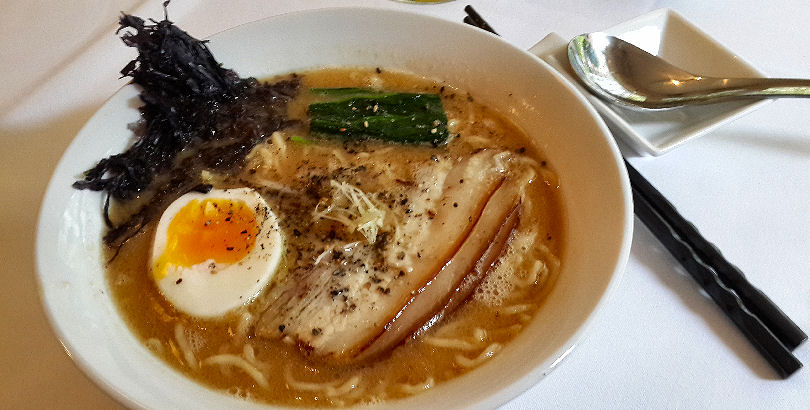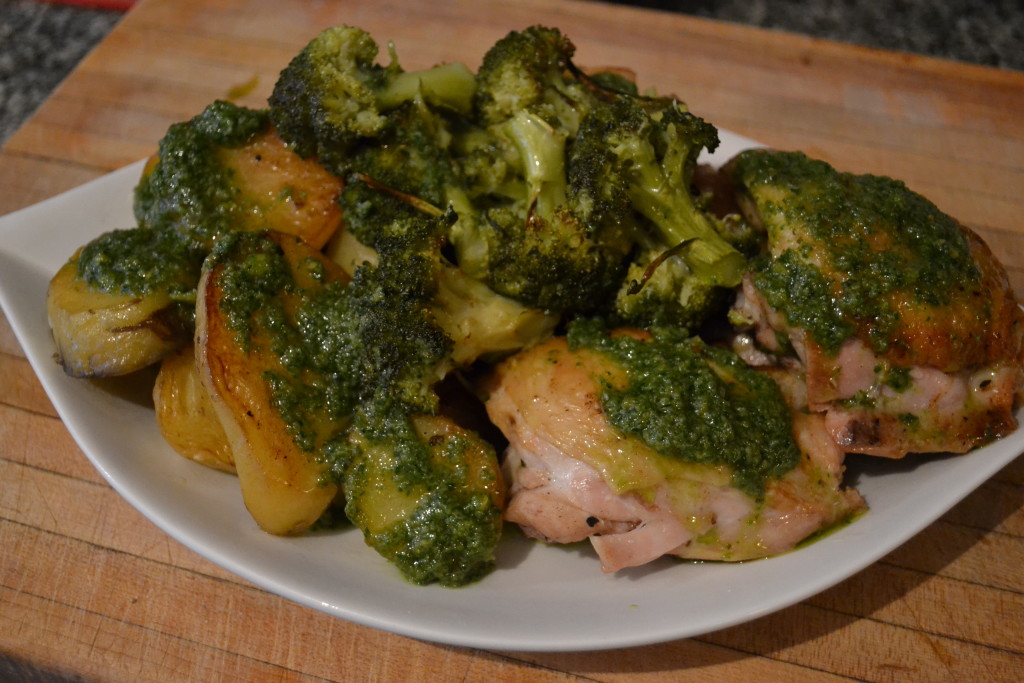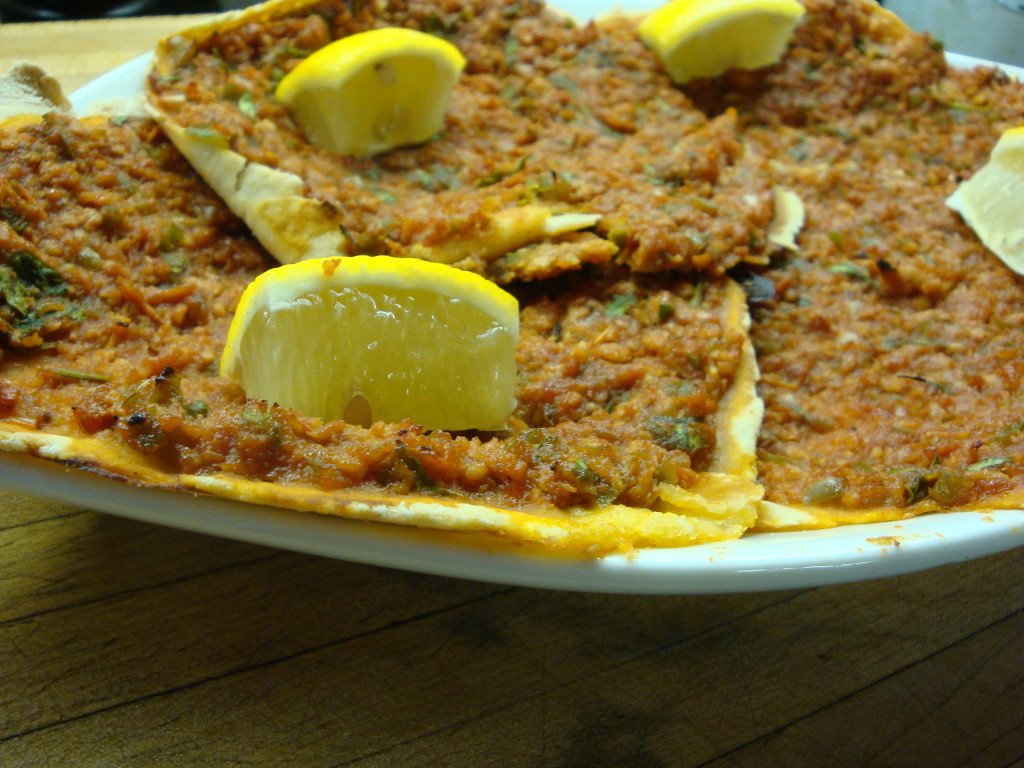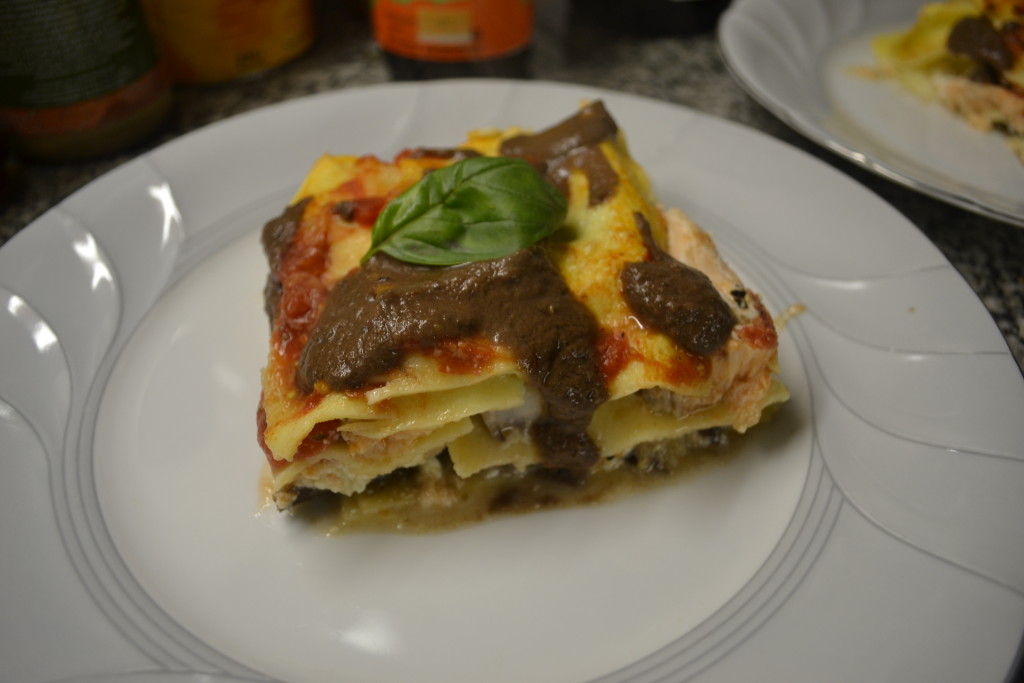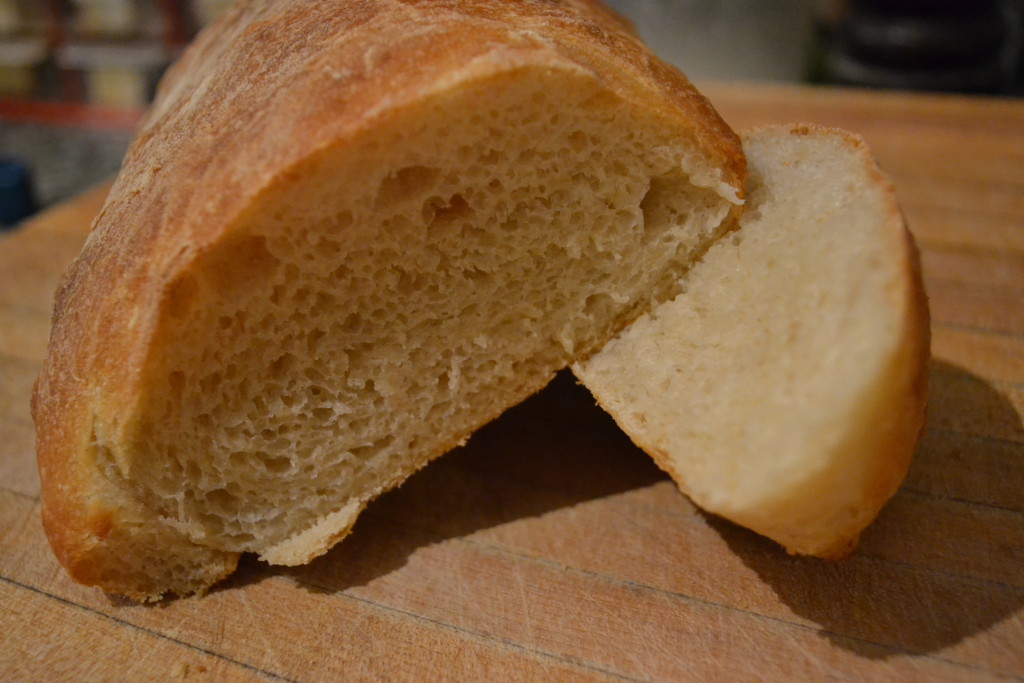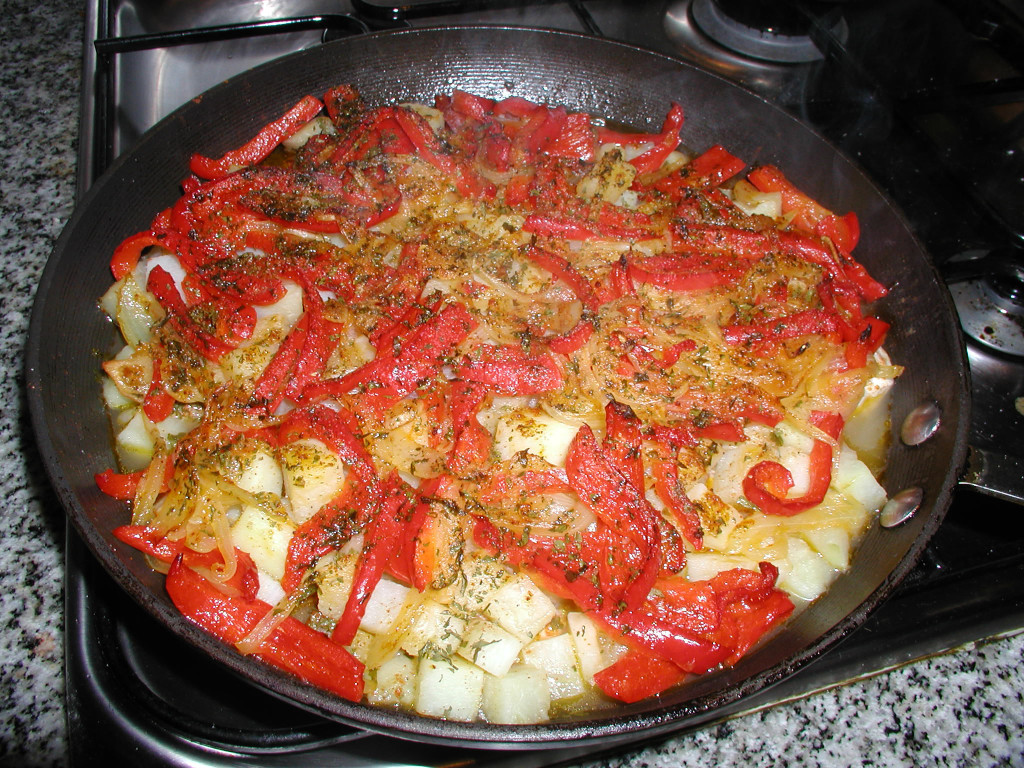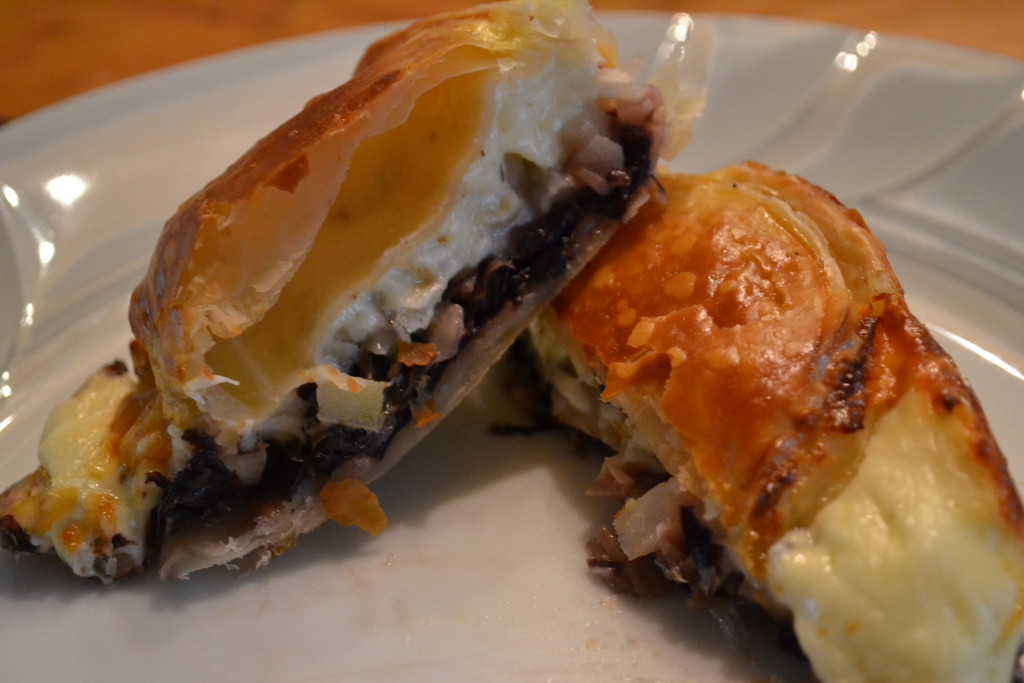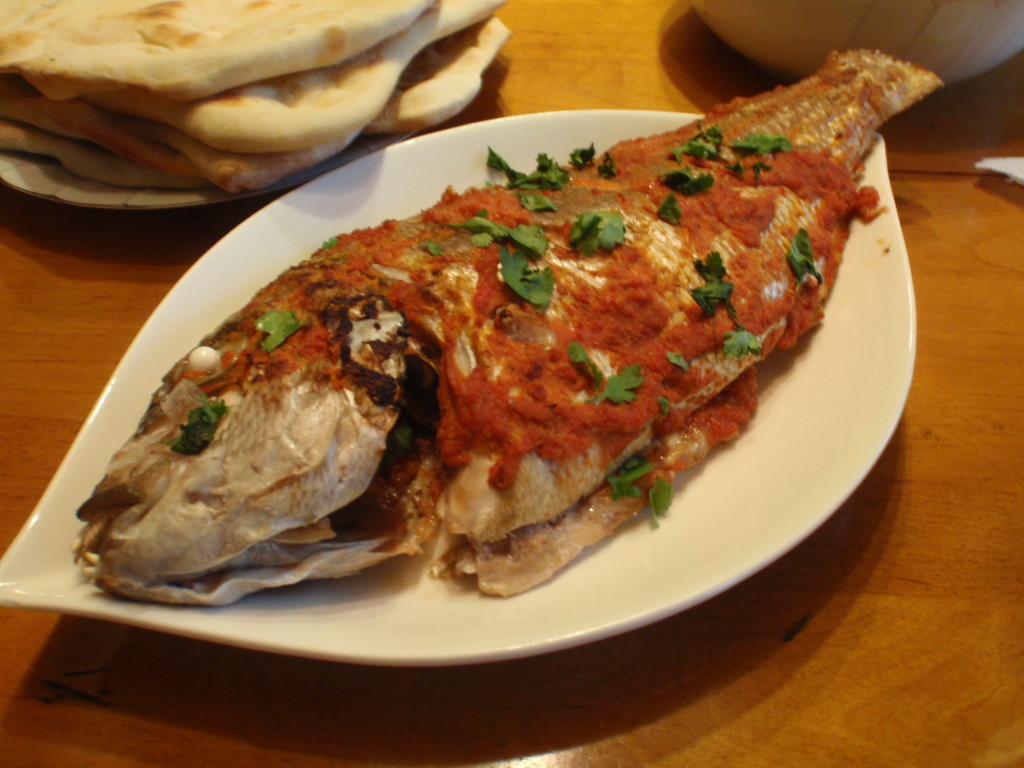A chicken in every pot
On Sunday supplement
Food and Wine
As winter slowly crawls towards its finale, replete with a constant assault of water falling from the skies, our thoughts here at home turn towards warming, comfort food. I’ve covered one-pot sort of meals here in this column with a look at lighter takes on classic local stews like locro and lentejas, but what about a non-stew sort of meal?
One of our favorite dishes, and when it comes down to it, not just for colder weather, is roast chicken. Whether we leave it whole and roast it in its glory, or spatchcock it, “mariposa” style, as it were, and broil or grill it, or, simply pan roast it, already cut into serving pieces, it forms the centerpiece of a tasty and simple meal to prepare, and one that we repeat time and again throughout the year, with variations only as to its accompaniments.
For this week’s column I’m going the route of the “fondant” method – classically used for root vegetables like potatoes, it’s an extraordinarily simple and completely satisfying way of achieving delicious results with minimal effort. At its simplest, you brown the potatoes or whatever you’re cooking, add some stock and throw the whole thing in the oven and cook until done. And, given that we’re using a very small amount of stock, using a “cube” is perfectly acceptable here. As friends from the other side of one or the other of the oceans might say – this is the perfect “chicken and two veg”.
Pan-Roast Chicken, Potatoes & Broccoli
4 serving pieces of chicken (or more, as you like)
4 small to medium potatoes
1 large head of broccoli
100 ml olive oil
2 tablespoons butter
3-4 sprigs of rosemary or other aromatic herb
3 garlic cloves flattened (skin and all)
200 ml chicken or vegetable stock (from a cube is fine)
salt and pepper
Preheat your oven to medium high heat, 200°C. Get a large skillet, preferably cast iron (it just works better), heated up over a medium flame. Peel the potatoes and cut in half, or slices, or whatever shape makes you happy. Separate the broccoli into florets.
When the skillet is good and hot, add the olive oil – this is a place to use a more basic olive oil, not your fancy and expensive extra virgin sort – and, yes, other vegetable oils are fine if you don’t have the olive. Season the chicken pieces with salt and pepper, place them skin side down into the hot oil – make sure it’s good and hot, that will help prevent the chicken from sticking. Now season your pieces of potato and place them around the chicken, with one surface flat on the pan.
Add the butter, garlic and the herb sprigs and just let them much about in there. The butter will help the chicken and potato brown, but won’t burn over the higher heat because of the oil. Cook until the chicken and potatoes are nicely browned on the underside, then flip them over. Here’s where it gets really easy. Pour in the stock, toss the broccoli into the skillet as well, just letting it nestle in around the chicken and potatoes. Stick the whole skillet into the oven.
Walk away. Really, walk away I tell you. Leave it for 15 minutes. Go set the table, watch the news, check your Facebook page, send a tweet “roast chicken and two veg for dinner – what are you having?” Come back, remove the skillet, serve as is, or move all the various components to a big platter or plates. Pour a glass of wine. Enjoy!
We often like to top this with a nice salsa verde, which is basically a pesto (we’ve covered that in past columns) without the cheese and nuts – into the blender with some fresh herbs like parsley, mint, rosemary, a couple of garlic cloves, a couple of anchovies (don’t worry, they’ll disappear and just provide some salt), a spoonful of capers, a dried chili, the juice and zest of a lemon, and about 100 ml of olive oil. Blend, or pulse, for just long enough to thoroughly chop everything without turning it into a smooth puree (or do, it’ll still taste as good).
A series of recipes and articles that I started writing for the Buenos Aires Herald Sunday supplement, Food & Wine section, at the beginning of 2012. My original proposal to them was to take local favorite dishes and classics and lighten them up for modern day sensibilities. We’re not talking spa or diet recipes, but at the very least, making them healthier in content, particularly salt, fat and portion size. As time went by, that morphed into a recipe column that, while emphasizing food that is relatively “good for you”, wasn’t necessarily focused on local cuisine. At the beginning of 2013 I decided to stop writing for them over some administrative issues, but it was fun while it lasted.
